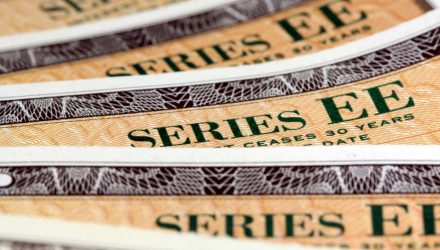Bonds and the related exchange traded funds were decent performers in the first half of 2023. Amid expectations that the Federal Reserve is nearing or is already at the end of its interest rate tightening cycle, the second half could bring even better things for bonds.
Hundreds of ETFs follow that trend, making the ensuing homework dizzying for investors. The Calvert Ultra-Short Investment Grade ETF (NYSE Arca: CVSB) not only helps investors reduce that leg, it could also be one of the bond ETFs best positioned for the second half of the year.
While elevated goods consumption could be a second-half hurdle in terms of inflation, recent readings of the Consumer Price Index (CPI) confirm that prices are declining. Should that trend continue over the next six months, the Fed may have the latitude to halt rate hikes, in turn lifting CVSB and other bond ETFs.
“Overall, average hourly earnings moved sideways and still are higher than the historical averages,” noted Vishy Tirupattur, Morgan Stanley’s chief fixed income strategist. “But the average hourly earnings for the services sector decelerated again in June. Though two months do not establish a firm trend, the deceleration in service’s average hourly earnings since April is good news for the inflation outlook.”
CVSB: Right Mix at Right Time
CVSB allocates 62.51% of its weight to ultra-short-term investment-grade corporate bonds, which in part explains the ETF’s tempting 30-day SEC yield of 5.75%.
The rest of the ETF’s lineup comprises U.S. government bonds. Plus, the managers of actively managed CVSB can increase or decrease allocations as they see fit. The point is, the Calvert ETF has a solid amount of exposure to U.S. agency and government bonds, and that could be a positive attribute as the second half of 2023 unfolds.
“Of course, in the best environment for government bonds, central banks are actively easing monetary policy, an environment our economists see taking shape at the end of the first quarter of next year,” added Tirupattur. “As such, expected returns for government bonds this year, while admirable, may be closer to average calendar year return than the returns typically delivered during the recessionary periods. At the same time, we think government bonds could perform even better than average, considering the risks that markets are not pricing in.”
Bottom line: CVSB’s yield is unusually high for an ETF with such strong credit quality, and if rates don’t rise over the near term, the ETF’s allure will likely grow.
For more news, information, and analysis, visit the Responsible Investing Channel.

